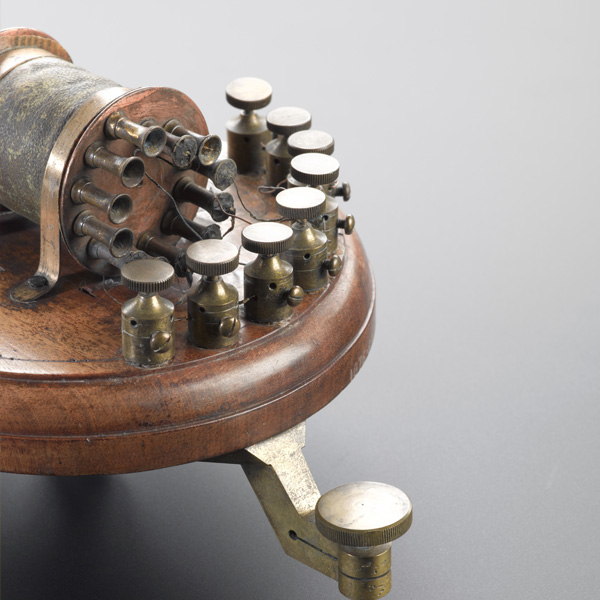
A life of genius
By Ross Barker
Born in Belfast on 26 June 1824, Kelvin moved with his family to Glasgow a few years later when his father, James, was appointed as Chair of Mathematics at the University. Kelvin showed a remarkable aptitude for learning and scientific thinking and his connection with the University began in 1834, when he was just ten years old and became the youngest-ever student to matriculate for study at the University – a distinction he still holds to this day.
Prodigious achievements
Kelvin's first scientific paper, a defence of Fourier’s theory of heat, was published when he was just 16 years old and was the first of 661 he would write during his lifetime. After a period of study at the University of Cambridge, Kelvin returned to Glasgow when he was 22, taking up the position of Chair of Natural Philosophy at the University in 1846. During the 53 years he spent in the role, he established the first university physics lab, revolutionising the way students were taught. He would also make a series of breakthroughs in physics, engineering and mathematics which helped to shape the modern world.
Absolute hero
Kelvin's insights into the science of heat, and his fascination with precision measurement, led him to establish the absolute scale of temperature, calculating ‘absolute zero’ as -273.15 degrees Celsius. Now known as the Kelvin Scale, it is perhaps his best-known contribution to science. He also helped to formulate the first and second laws of thermodynamics, which have wide-ranging applications across the sciences. A uniting theme across Kelvin’s diverse fields of research was his enthusiasm for turning innovation into invention – finding ways to turn fundamental scientific insights into practical products to make a difference in the real world. He filed 75 patents for new inventions, including, in 1858, the mirror galvanometer (right).
"If we had 30 hours in a day instead of 24, we might get some of our work done.” – Lord Kelvin
Building on his research on the theory of signal transmission, the mirror galvanometer was key to one of Kelvin's other great achievements that same year – the laying of the first transatlantic telegraph cable. He helped develop the electrical standards and units of measurement, and his on-campus home, at 11 Professors’ Square, was one of the first in the world to be lit entirely by electric light.
Youngest and oldest
Kelvin's work ethic was something that followed him throughout his life – he reportedly worked until three hours before his death on 17 December 1907, aged 83. When he died, he was also the University’s oldest matriculated student, having returned to study aged 75 after retiring from full-time work. The work Kelvin left behind profoundly changed the world around him and has inspired researchers across the globe to build on his wide-ranging achievements.
This article was first published October 2024.

The mirror galvanometer invented by Lord Kelvin. This sensitive instrument helped detect the weak electrical currents which struggled to travel through long cables, allowing messages to pass between continents for the first time. This galvanometer was used at the Newfoundland end of the first transatlantic telegraph cable. Although that failed not long after it was laid, the second, laid in 1866, was much more robust and Kelvin’s role in its success won him a knighthood.

